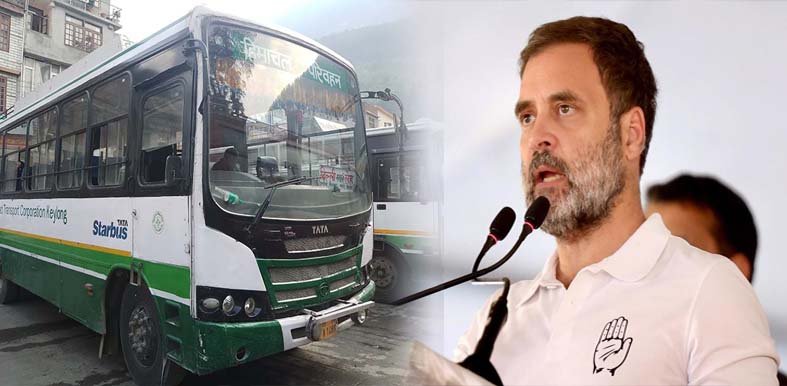TNR News Network
SHIMLA: In a major policy shift aimed at empowering local youth, the Himachal Pradesh Cabinet led by Chief Minister Sukhvinder Singh Sukhu has approved a new recruitment rule that bars non-residents from applying to Group-C government posts.
The decision came during a Cabinet meeting held in Shimla, where it was announced that all Level-11 posts, previously categorised under Group-B, will now be reclassified under Group-C. As a result, only bonafide Himachal residents will be eligible to apply for these posts, which were earlier open to candidates from across India through the Himachal Pradesh Public Service Commission.
With the reclassification, recruitment will now fall under the jurisdiction of the Himachal Pradesh Staff Selection Commission, aligning with Group-C norms that prioritize local candidates.
The Cabinet also approved an increase in monthly honorarium for nearly 5,000 multi-task workers employed in the Public Works Department, raising their pay from Rs 5,000 to Rs 5,500. In a move to support rural dairy farmers, a new milk incentive scheme was introduced.
Under this, milk producers supplying to non-government dairy cooperatives will receive a subsidy of Rs 3 per litre, which will be transferred directly to their bank accounts through the direct benefit transfer (DBT) mechanism.
Another key decision involved the relocation of the Himachal Pradesh Tourism Development Corporation (HPTDC) headquarters from Shimla to Dharamshala. The shift is part of the state’s long-term strategy to establish Kangra as the tourism capital of Himachal Pradesh and reduce congestion in Shimla.
The Cabinet believes this move will further enhance tourism infrastructure in the lower hill regions while easing administrative load on the state capital.
In the field of law enforcement, the Cabinet sanctioned the creation of 101 new posts in various categories for the police lines in Dehra subdivision. The meeting also focused heavily on renewable energy and self-employment opportunities, approving an interest subsidy scheme for solar power projects.
In tribal regions, solar projects ranging from 100 KW to 1 MW will be eligible for a 5% interest subsidy. In non-tribal areas, projects between 250 KW and 2 megawatts will receive a 4% subsidy, aimed at reducing dependence on traditional energy sources.
Additionally, the state has approved the signing of a memorandum of understanding between HIMURJA and selected panchayats to install 500-KW solar plants in 100 villages. Each project is expected to generate around Rs 25 lakh in monthly revenue.
The income will be distributed with 30% going to HIMURJA, 20% to the state government, and 40% to the respective panchayats. An additional 10% of the income will be allocated for the welfare of orphans and widows, further reinforcing the state’s commitment to inclusive development.





